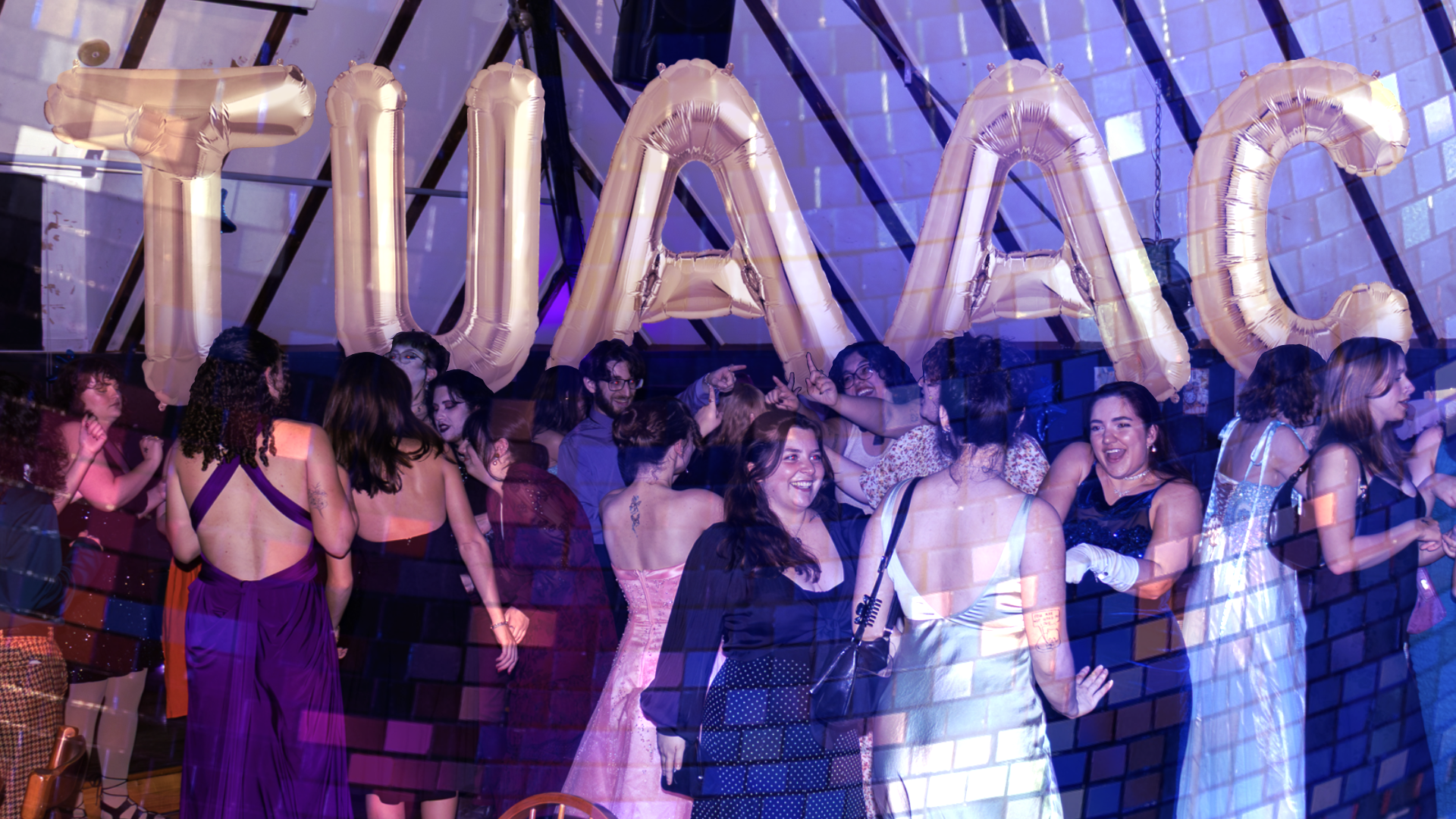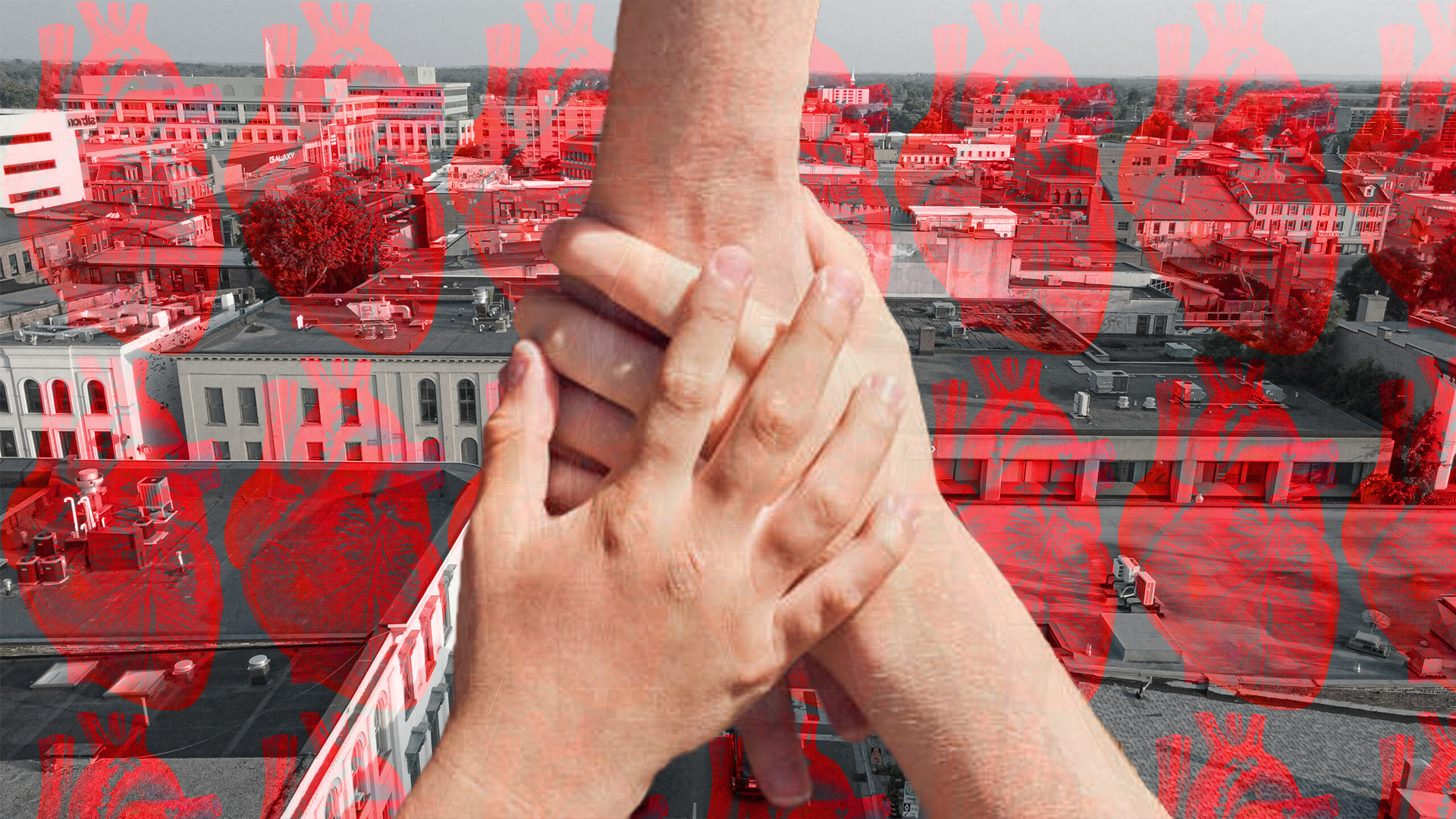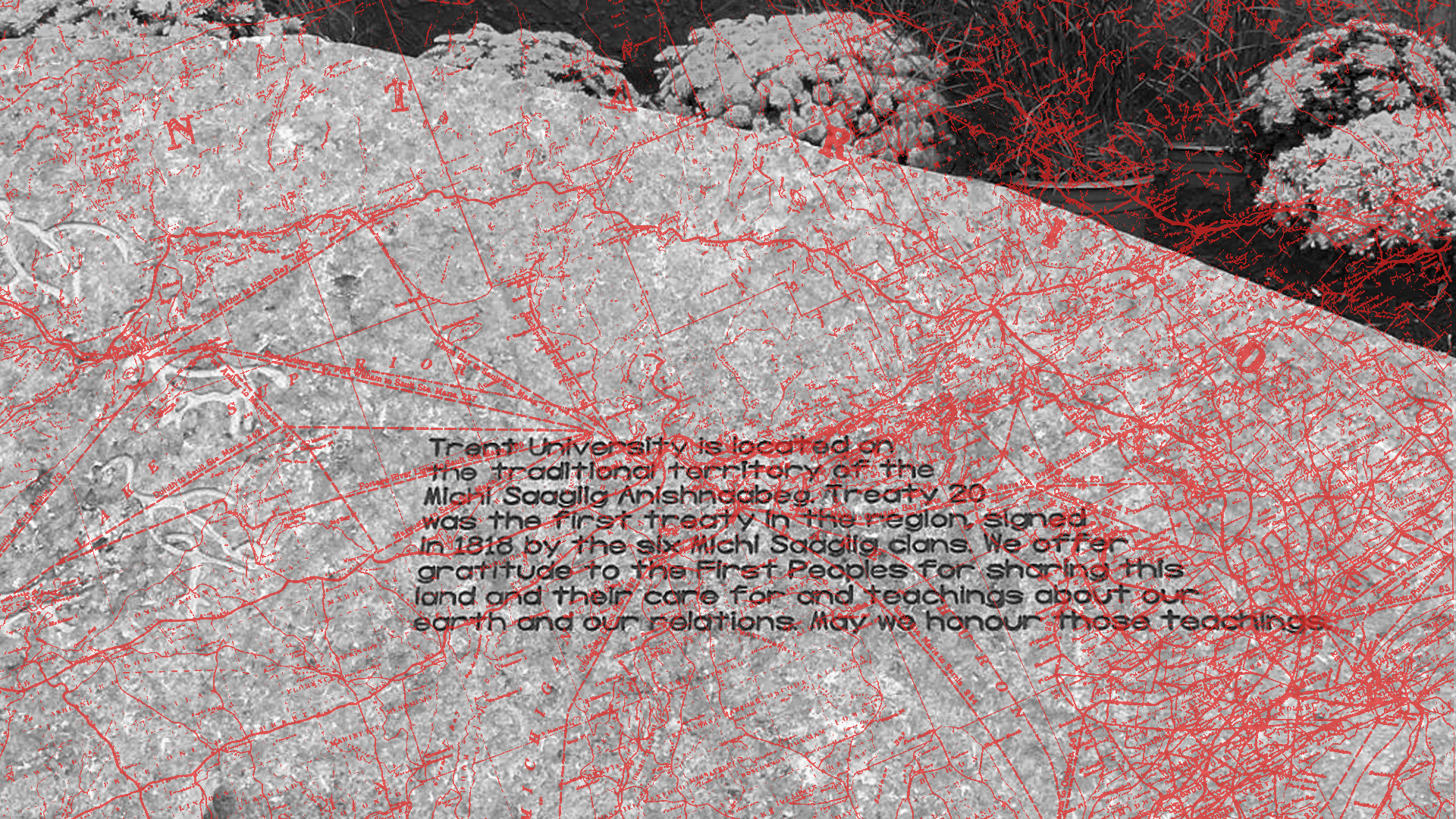As we dig into the vast number of ways femmephobia is carried out, I want you to think about your own experiences and of those around you. Do you shut down people for displaying feminine attributes? Do you think men are less than for displaying a lack of machismo/masculine qualities? If you answered yes to any of these questions you may be suffering from femmephobia. In many ways, we all start somewhere. It is important to create dialogue and understand how people are conditioned from a young age.
In some ways, femmephobia can be defined as a systematic devaluation of femininity, by policing feminine qualities as they correspond with the dominant culture. This can operate through race, ethnicity, class, sexuality, ability, and so forth. Not only does this shift femininity to a subordinate status but it also creates power in those who are not viewed as feminine or maintain stereotypical gender roles. For example, overt femmephobia can be experienced through social exclusion, bullying, assault, and public humiliation.
As we see in Sociologist, C.J. Pascoe’s work, Guys Are Just Homophobic the placement of hegemonic masculinity creates a sociological method of how we interact with gender. As femininity is devalued, the environment gets increasingly more violent and negative for people who are femme presenting. In this chapter, Pascoe references a 2001 report from the American Association of University Women, proclaiming that 83% of young girls have been sexually harassed at school. This number is extremely high and describes the adolescent experience for women as a part of being sexualized and under performative gender aggression by boys. Also in 2020, the Government of Ontario website stated that 1 in 3 Canadian women experience sexual violence and 1 in 8 men.
In Dr. Hoskin's research, “Femme Theory: Refocusing the Intersectional Lens”, we can gain more insight into how this violence is upheld by patriarchal models of womanhood. “Manhood” and “masculinity” are defined through the rejection of femininity and how to distance from these traits. As these hegemonic gender systems persist, this results in masculinity always being elevated over femininity and saying that femininity is “flawed.” Through policing individuals, femmephobia retracts femininity by cultural signifiers of white submission and heterosexuality. In many ways, the very aspect of femmephobia itself homogenizes femininities and maintains an ideology of monolithic femininity. In simple terms, it perpetuates that society should only interact with feminine people in one way, which is in a lower rung.
and when we speak we are afraid
our words will not be heard
nor welcomed
but when we are silent
we are still afraid
So it is better to speak
remembering
we were never meant to survive.
- Audre Lorde: “The Black Unicorn”
There are countless intersections of how femmephobia affects the 2SLGBTQ++ community. I will highlight three with special attention below:
#1 Trans-Misogyny
Where we see much of our first notable moments of trans-exclusion is in the 1970s which grew out from radical feminist circles. The term ‘TERF’, meaning trans-exclusionary radical feminists, was used to create further divides in the Queer community. On one side, we have a focus on cisgender, White lesbians who were mostly upper middle class and on the other transgender folks who are typically less affluent, Black, Indigenous, people of colour (BIPOC), and are already placed in social isolation. In many ways, this timeframe shaped trans-misogyny and exclusion of trans identities in the Queer community. As these individuals have generally fewer social points in our dominant social hierarchy there was a further shift of excluding trans women and gender diverse people today. Many anti-trans feminists claim that trans people don’t belong in the community and they now call themselves “gender critical,” or “race realists” when talking about BIPOC folks. We see this in the past, with the Stonewall Riots of 1969, as Marsha P. Johnson and Sylvia Rivera were vastly excluded from Queer history and Pride festivals even though they were two members who initiated the changes many Queer folks take for granted today. Unfortunately, this is not only something of the past as over 350 transgender and gender diverse people were killed last year on a global scale. With the report being 6% higher than the previous year, it reports that the majority are transgender women of colour. Out of the Transrespect vs Transphobia (TvT) results, it showed that 98% of those who were murdered are women and transfeminine people.
“Killing is an act of power, a way of re-asserting domination, even a way of saying, ‘I am the one who decides who lives and dies.’ So, killing establishes the killer as sovereign in the moment that he kills, and that is the most toxic form that masculinity can take.” - Judith Butler, American Philosopher, and Gender Theorist regarding the murders of femme and trans folks
2. Gay Males/Grindr Usage
What is your stereotype of gay cisgender men? Are Grindr profiles full of chiseled abs? What do they present to others? Do they like sports? Do they have body hair? Do you want to talk to someone if they don’t have a stereotypical bodybuilder physique? Unfortunately, the reality of the situation is that many gay men don’t want to be stereotyped as a femme because they want to avoid the consequences of homophobia and femmephobia. For example, it is common for people on Grindr to say no femmes, no Asians, or no fat people. The exclusion of bodies that are not White, thin, or “fit” leads to hatred for folks who are BIPOC, transgender, have accessibility needs, and who are femme. Not to mention, if someone is femme and labels themselves as a top, it is looked at as an oxymoron because of the stereotype of anything femme should be submissive and less dominant. In a study with a sample of 751 gay men, the majority wished their behaviour was more masculine, with 30% saying that they have negative feelings about femme attributes and being gay. This also leads to higher rates of anxiety, depression, and eating disorders for men who seek men who are not stereotypically male presenting. Because masculinity is on such a pedestal, it creates ‘straight-acting’ or being gay in private as more socially acceptable. The need to blend into society and perpetuate masculinity creates a toxic environment that affects people’s mental health. In particular, the way femmephobia leaches in and creates further barriers for BIPOC folks is extremely concerning.
3. Erasure of Bisexuals and Pansexuals/Femme Individuals & Invisibility
This not only directly ties into transphobia and leaving BIPOC individuals out of the picture but focuses on bisexual and pansexual femme people being exiled from the 2SLGBTQ++ community. In Dr. Hoskin and Dr. Karen Blair’s research, out of 220 participants, “many femme-identified individuals (63.7%) described experiences of having had their sexual identity questioned or treated as inauthentic/fraudulent by other members of the queer community, including partners and/or potential partners.” The sentiment of “straight-looking” and saying someone “doesn’t look gay” is overtly femmephobic because it devalues someone because of their perceived femininity which equates to heteronormative values. One participant in the study continues to express this sentiment as it took them a very long time to come to terms with their sexuality because they liked to shop or wear high heels. This viewpoint of convincing yourself you are straight because you associate these qualities with femme-hetero culture is an example of internalized femmephobia. In another of Hoskin’s publications, we see that it doesn’t matter what gender you identify with, if you are someone that is perceived as feminine, you will orient your lifestyle around men and the dominant hegemonic masculine culture. In some cases, trans men, butch or androgynous women who have femme qualities will leave room for derogatory slurs such as being called a f*g. With femme folks being perceived as fake, there for male entertainment, or being degraded with slurs we see that femmephobia affects everyone in the community. These findings are more intricate than past knowledge of men’s entitlement towards women/femme bodies.
In part two of this series I will be conducting an intensive interview with Dr. Rhea Hoskin. Get to know more about her research on gender roles, hegemonic femininity, and how society values feminine presenting people.


.png)

.jpg)





.jpg)


.jpg)





.jpg)





.png)